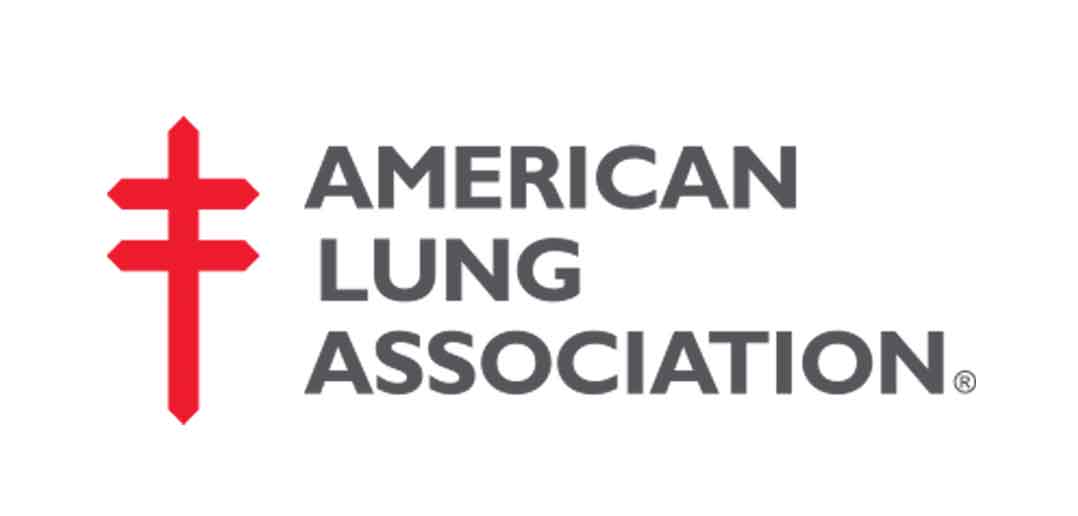The American Lung Association Shares Safety Tips After Historic Flood
The American Lung Association (Lung.org/flood) shared proper post-flood cleanup tips to protect lung health of residents impacted by historic flooding in Nebraska. The Lung Association stressed the importance of beginning the cleanup effort as soon as flood waters receded and following proven tips to reduce health risks. Chemicals, sewage, oil, gas and other dangerous substances found in floodwaters can pose health risks to area residents.
“Standing water and dampness is a breeding ground for bacteria, viruses and mold,” warned American Lung Association chief medical officer, Albert Rizzo, M.D. “These can become airborne and inhaled, putting people at risk for lung disease. In fact, mold has been associated with wheezing, coughing, and in some cases asthma attacks, and some evidence links mold with respiratory illness in otherwise healthy children.”
Mold can grow anywhere there is water or dampness. Cleaning up affected homes and household items after the water recedes is vital to protecting respiratory health. The American Lung Association offers the following guidelines to help you and your family stay healthy as floodwaters continue to recede:
- When in doubt, toss it out! Remove everything that has been soaked by water, including clothing, papers, furnishings, carpet, ceiling tiles and wallboard. Anything that cannot be cleaned and dried and anything porous (like drywall or carpet) that had been in floodwaters for 24 to 48 hours recede must be discarded. Simply drying out water will not remove the bacteria or toxins that can make people sick. Damp buildings and furnishings promote the growth of bacteria, dust mites, cockroaches and mold, which can aggravate asthma and allergies and may cause the development of asthma, wheeze, cough and other allergic diseases. Dangerous substances in floodwaters can include sewage, chemicals, oil and gas which can saturate materials in the home and give off harmful gases.
- Use soap and water for cleaning, especially to scrub mold off hard surfaces. Do not use bleach, which can make it hard to breathe.
- Consider hiring professional cleaners. Individuals with lung disease should seek help cleaning their homes and workplaces after floods. If more than 10 square feet of your home is flooded or if water has been in the building for more than one or two days, the U.S. Environmental Protection Agency recommends hiring professional cleaners. Flood waters bring in nasty residue that may contaminate porous building materials. Mold flourishes in this environment. Attempting to clean without professional help may increase the risk of developing respiratory problems from these exposures.
- Do not burn debris or waste, which adds dangerous pollution to the air. Remove it to a designated disposal area.
- Keep an eye on symptoms. It is not uncommon for people to develop health problems after a disaster such as widespread flooding, even if they’ve never had problems before. Be aware of any breathing problems that may arise, including:
- Coughing, especially at night.
- Wheezing or feeling short of breath.
- Chest tightness or pain.
- Get immediate emergency medical help if fingernails or lips are turning blue or if there is severe chest pain. Both could be life-threatening.
The American Lung Association is the leading organization working to save lives by improving lung health and preventing lung disease, through research, education and advocacy. If you are worried about your family’s lung health and have questions, call 1-800-LUNGUSA to talk to an American Lung Association respiratory therapist. More information on how lung health is affected by flooding is available at Lung.org/flood.

